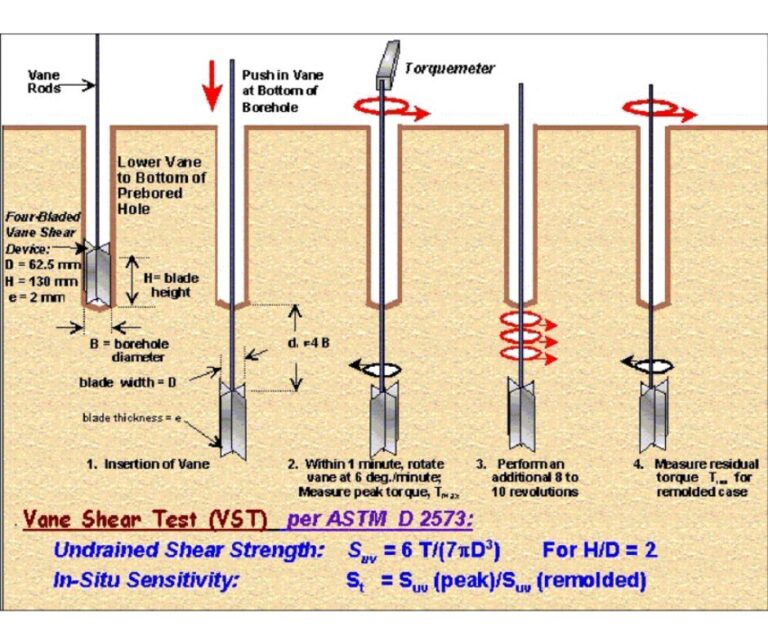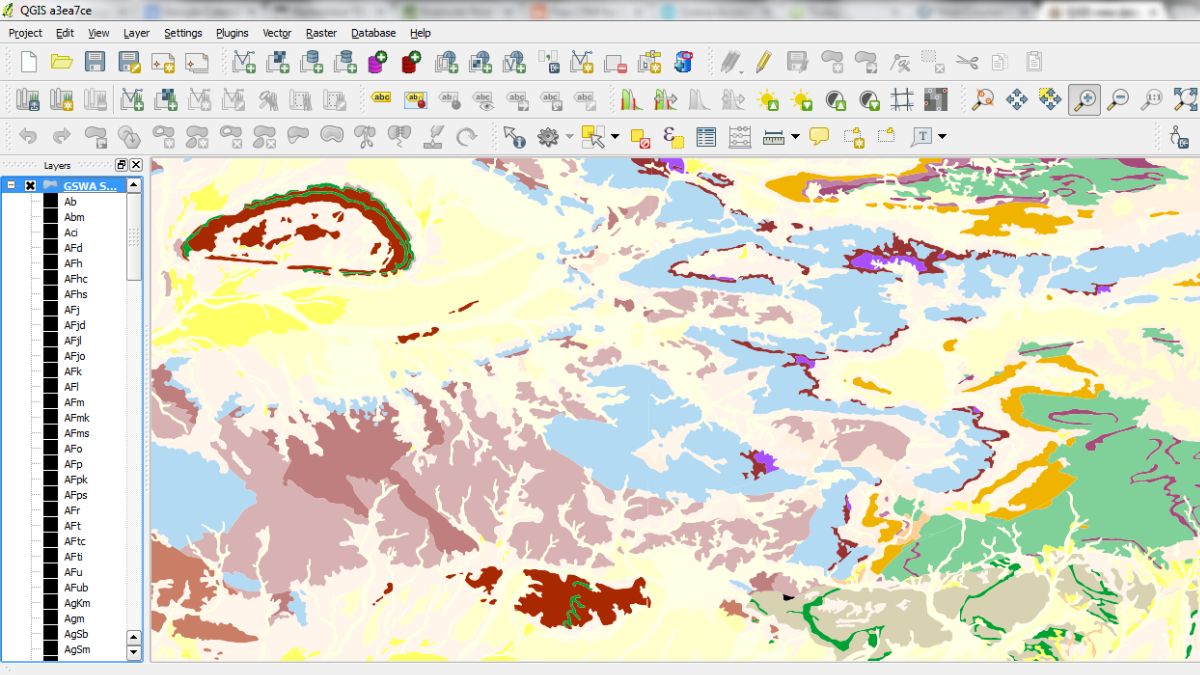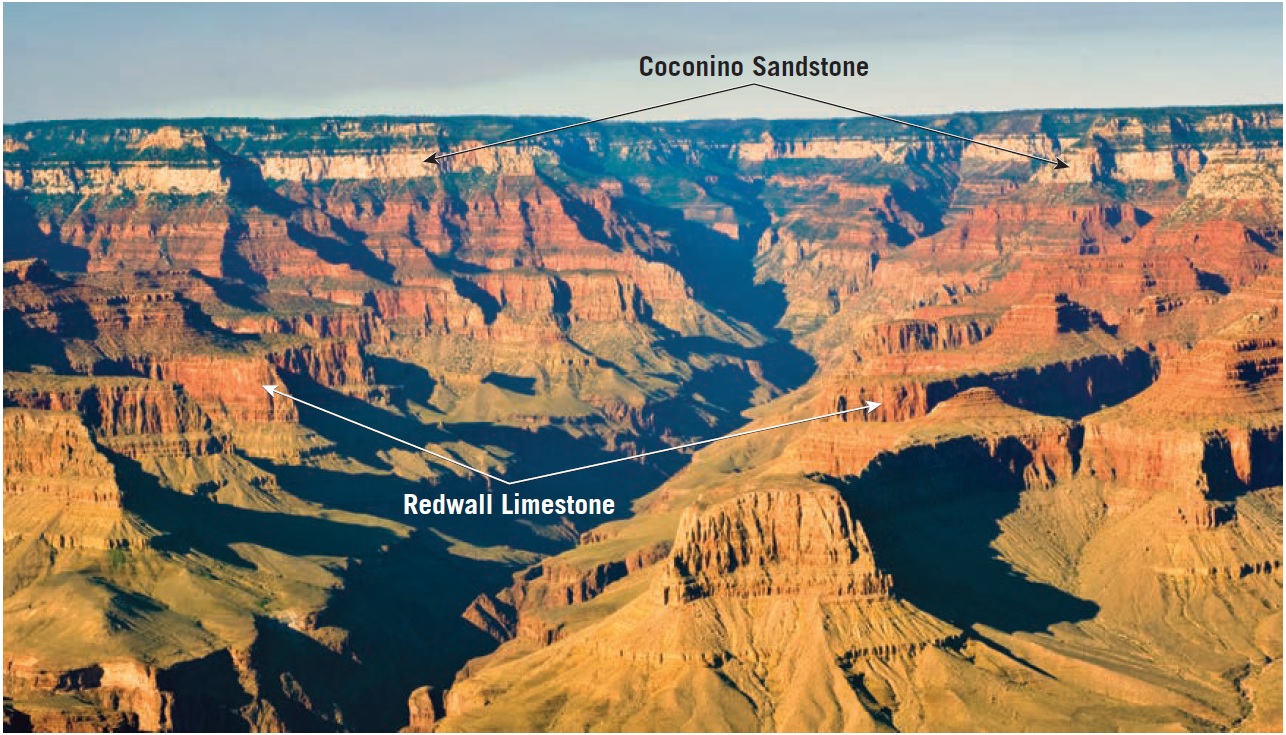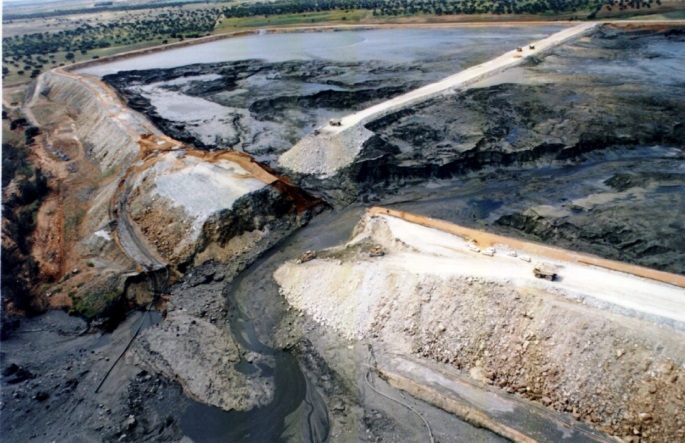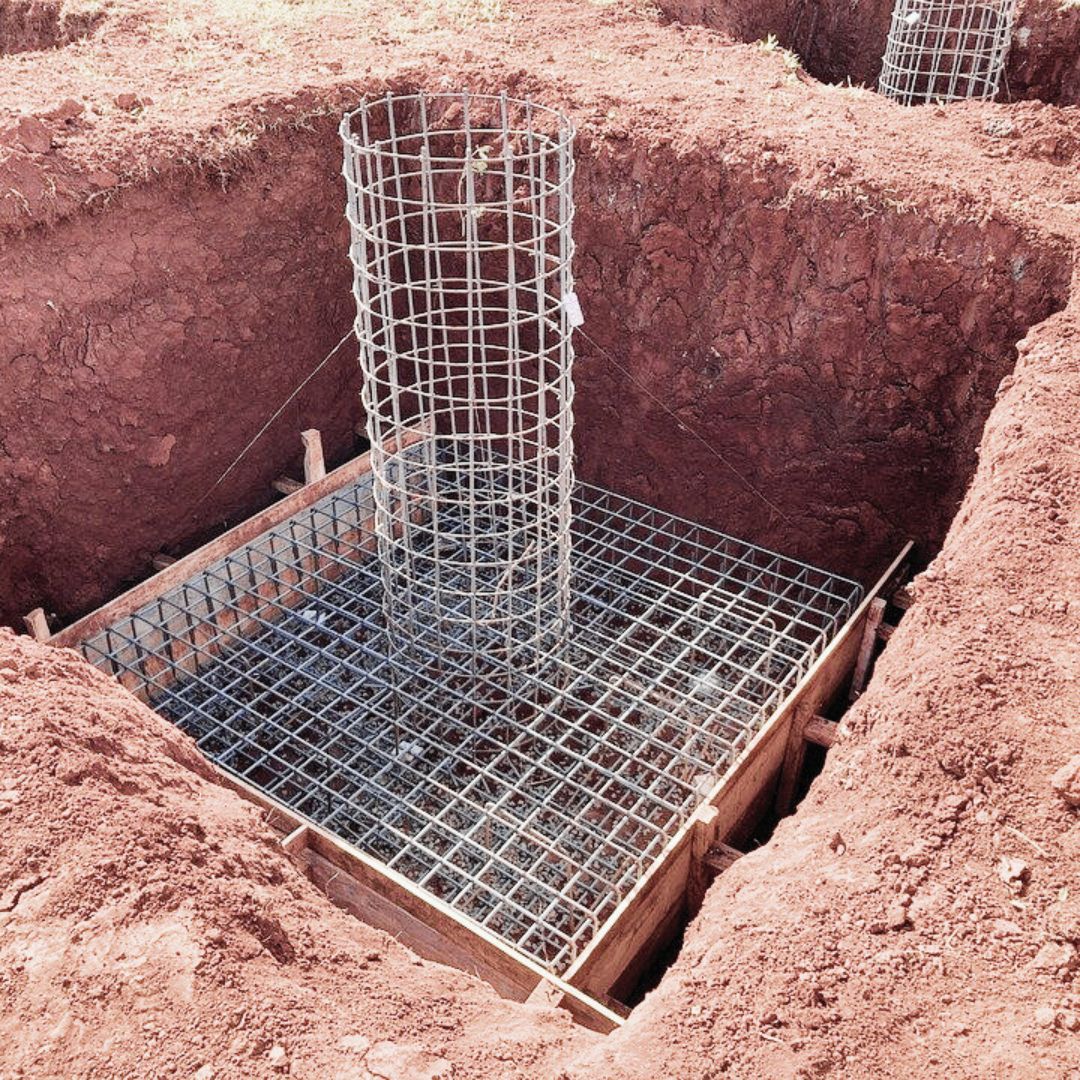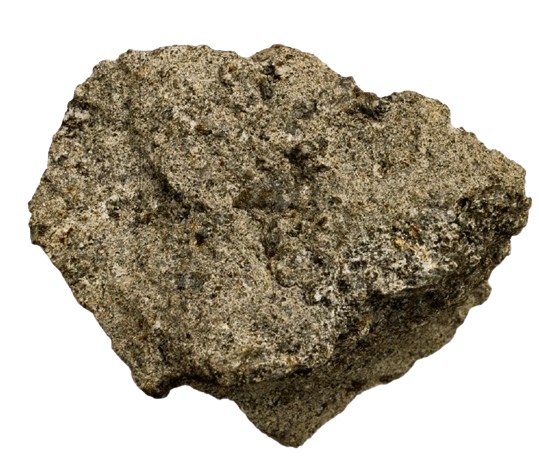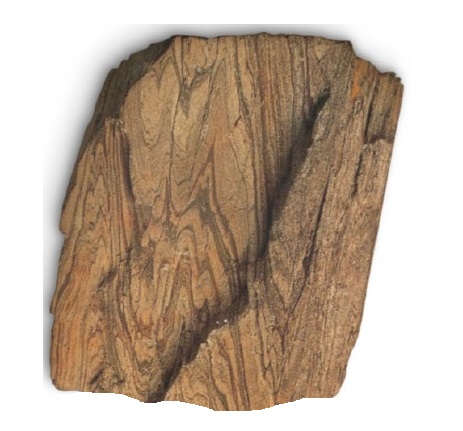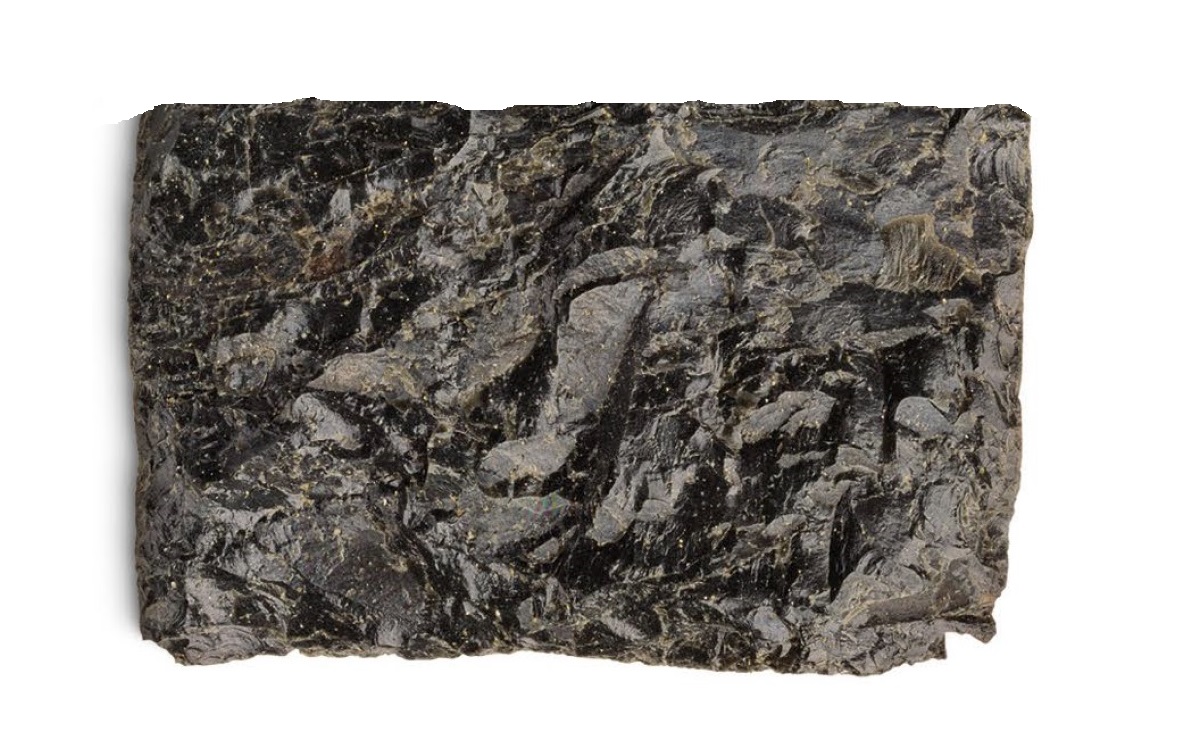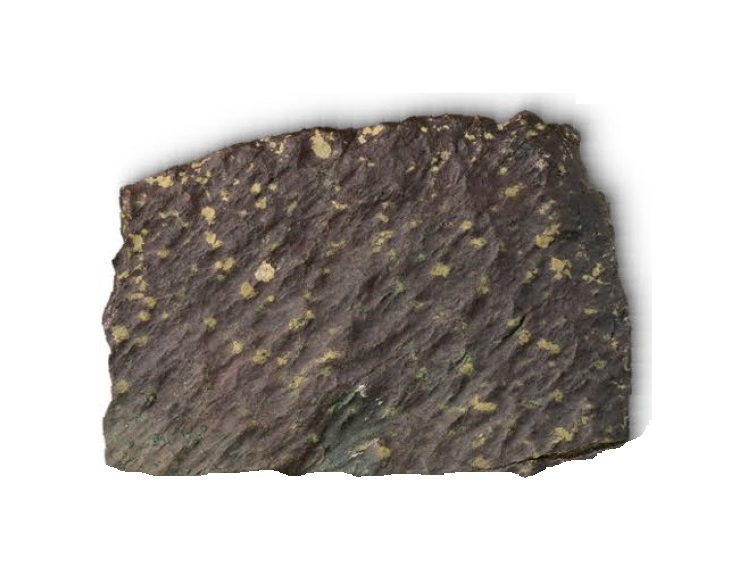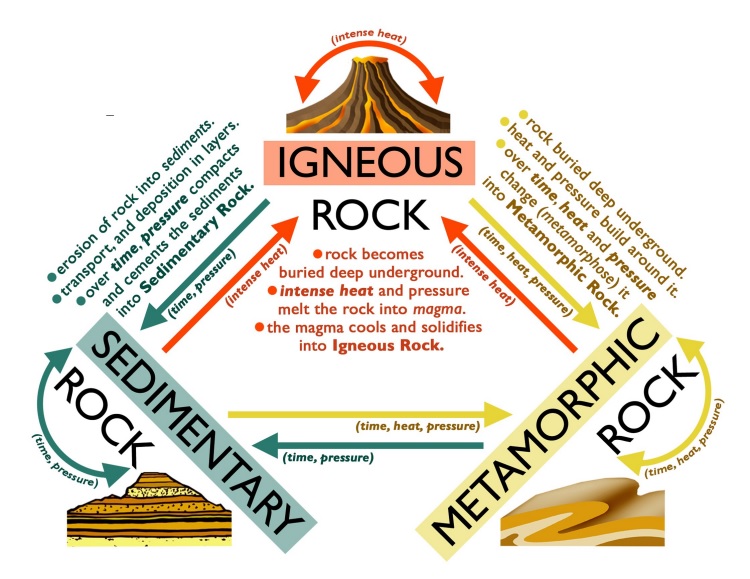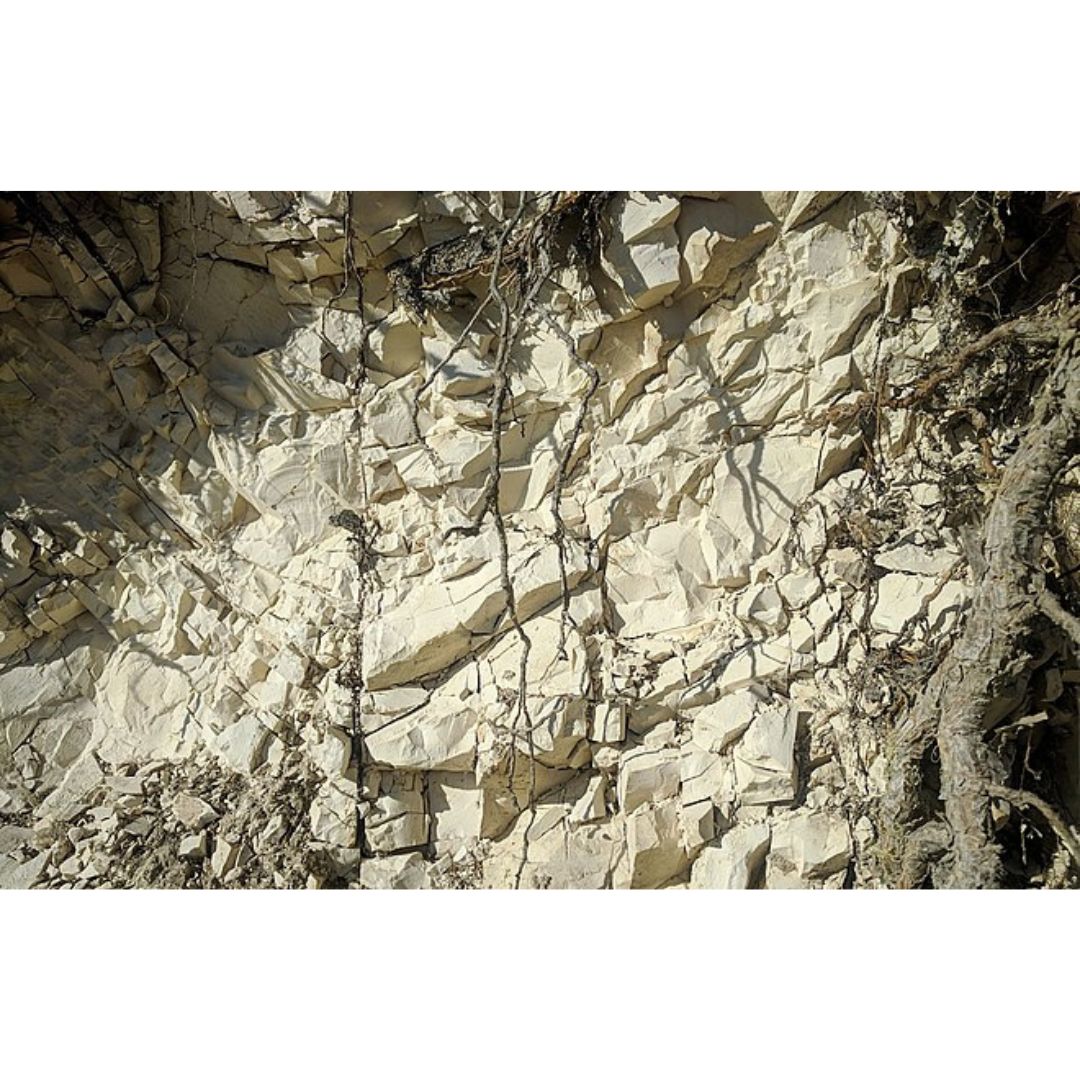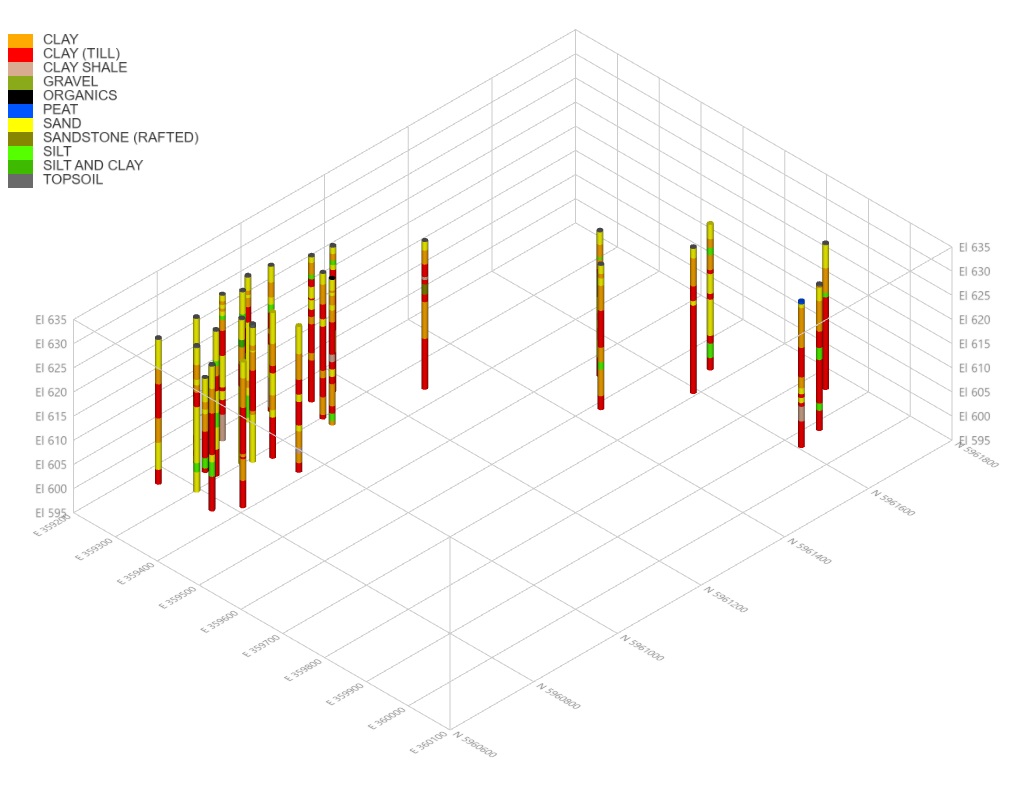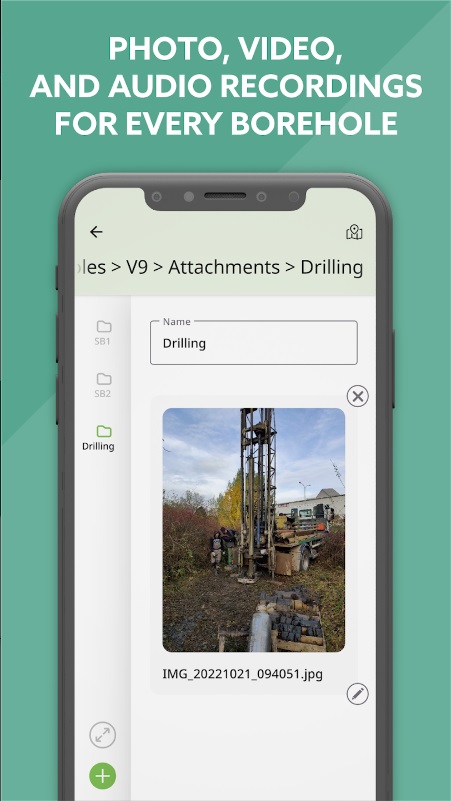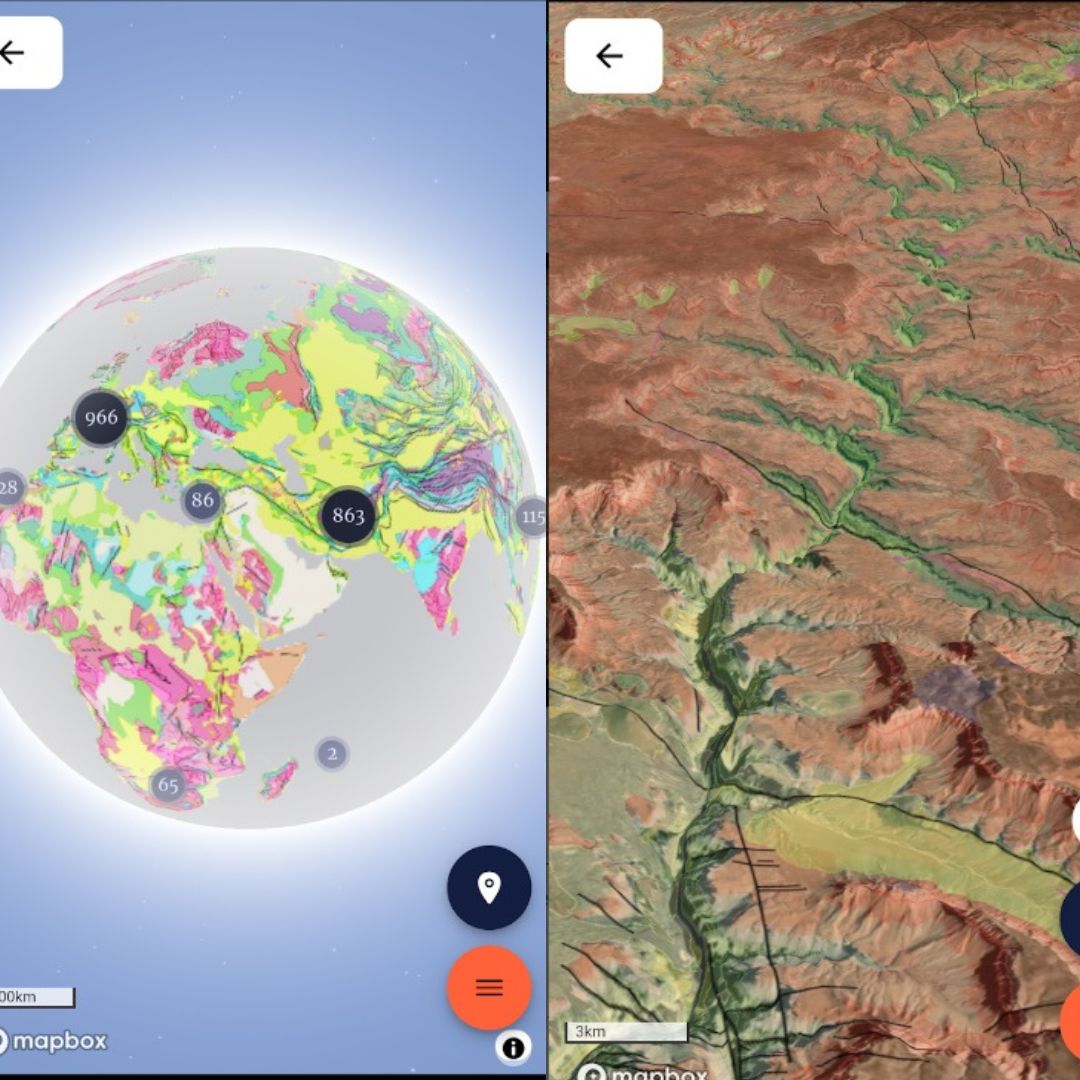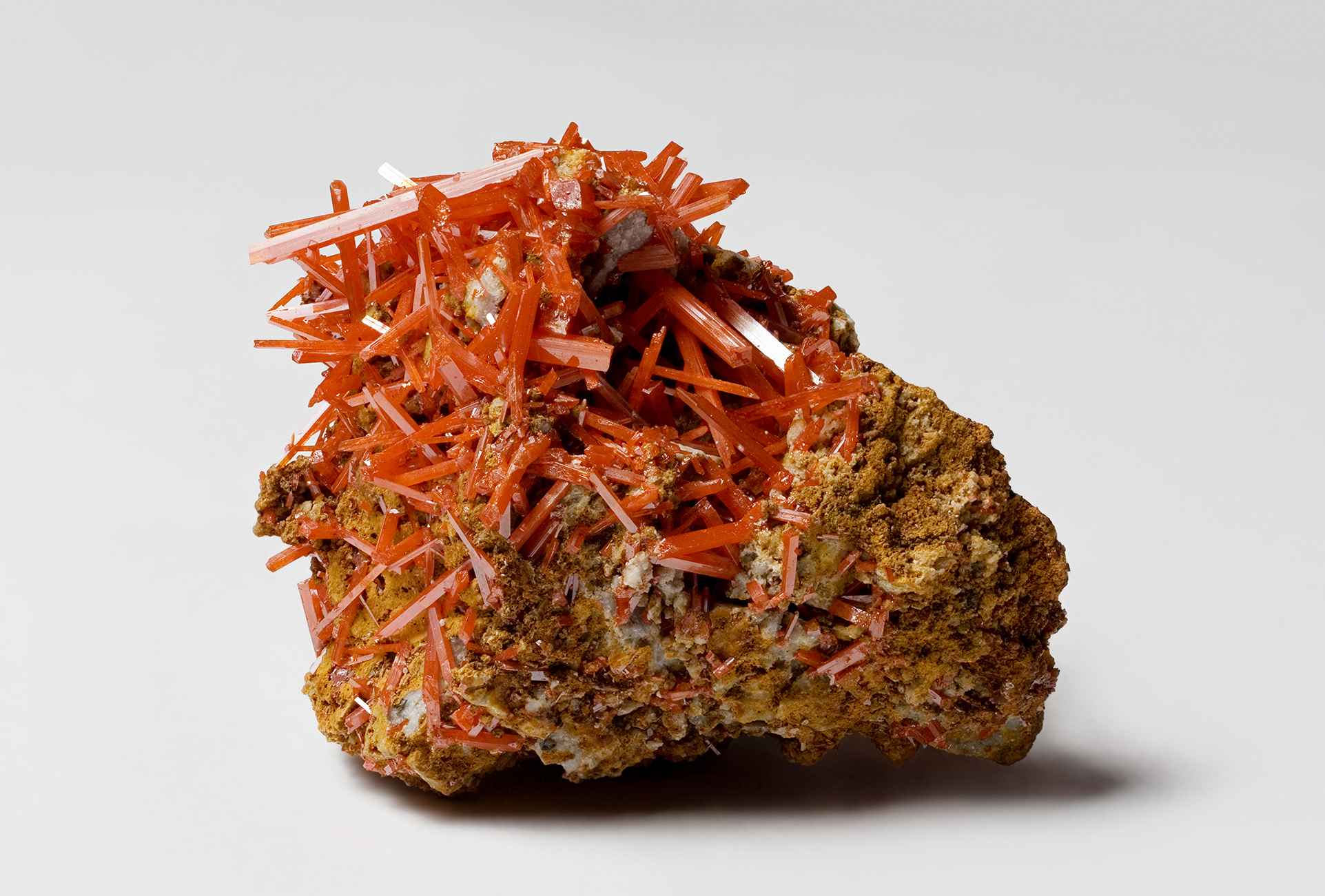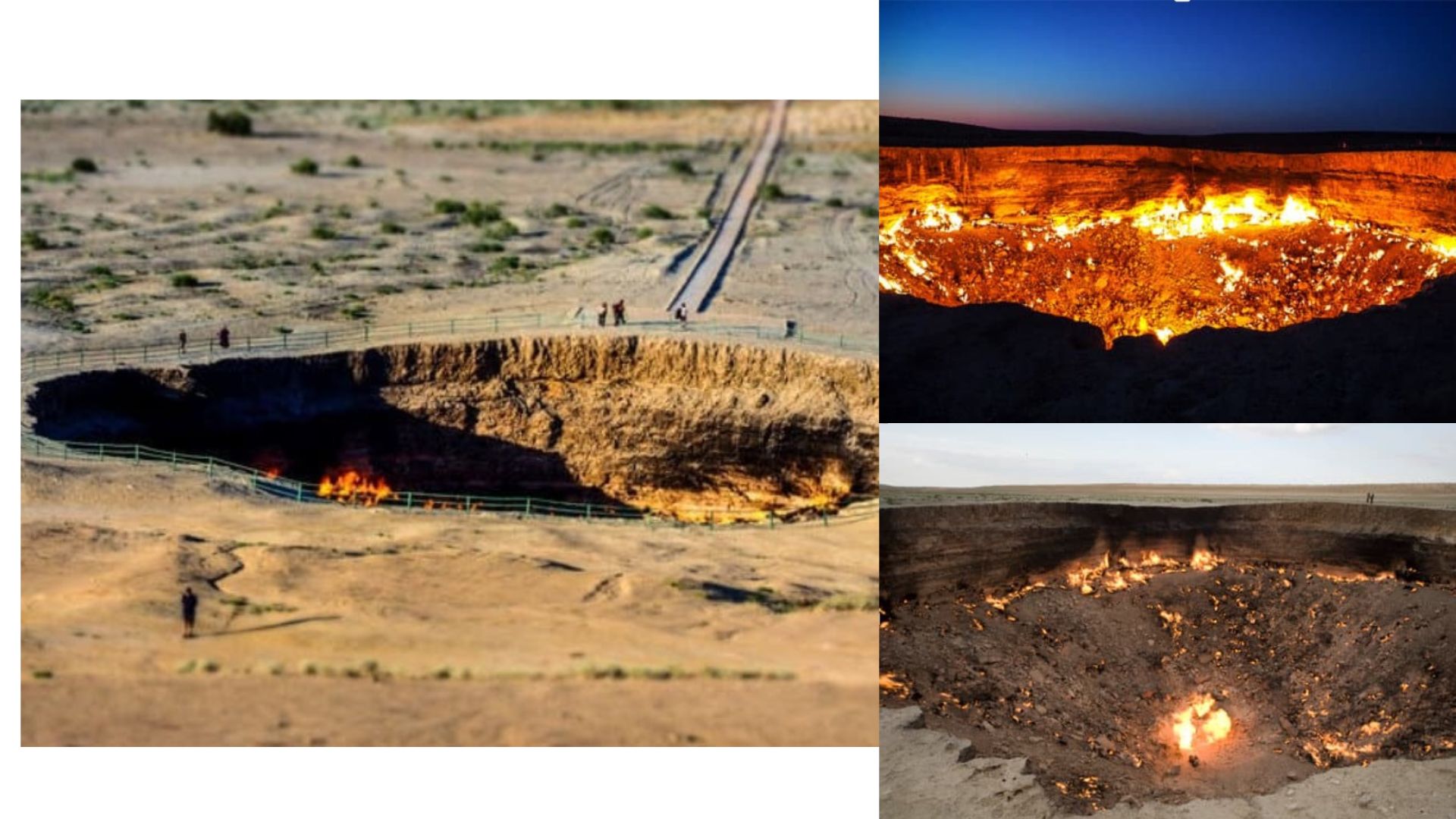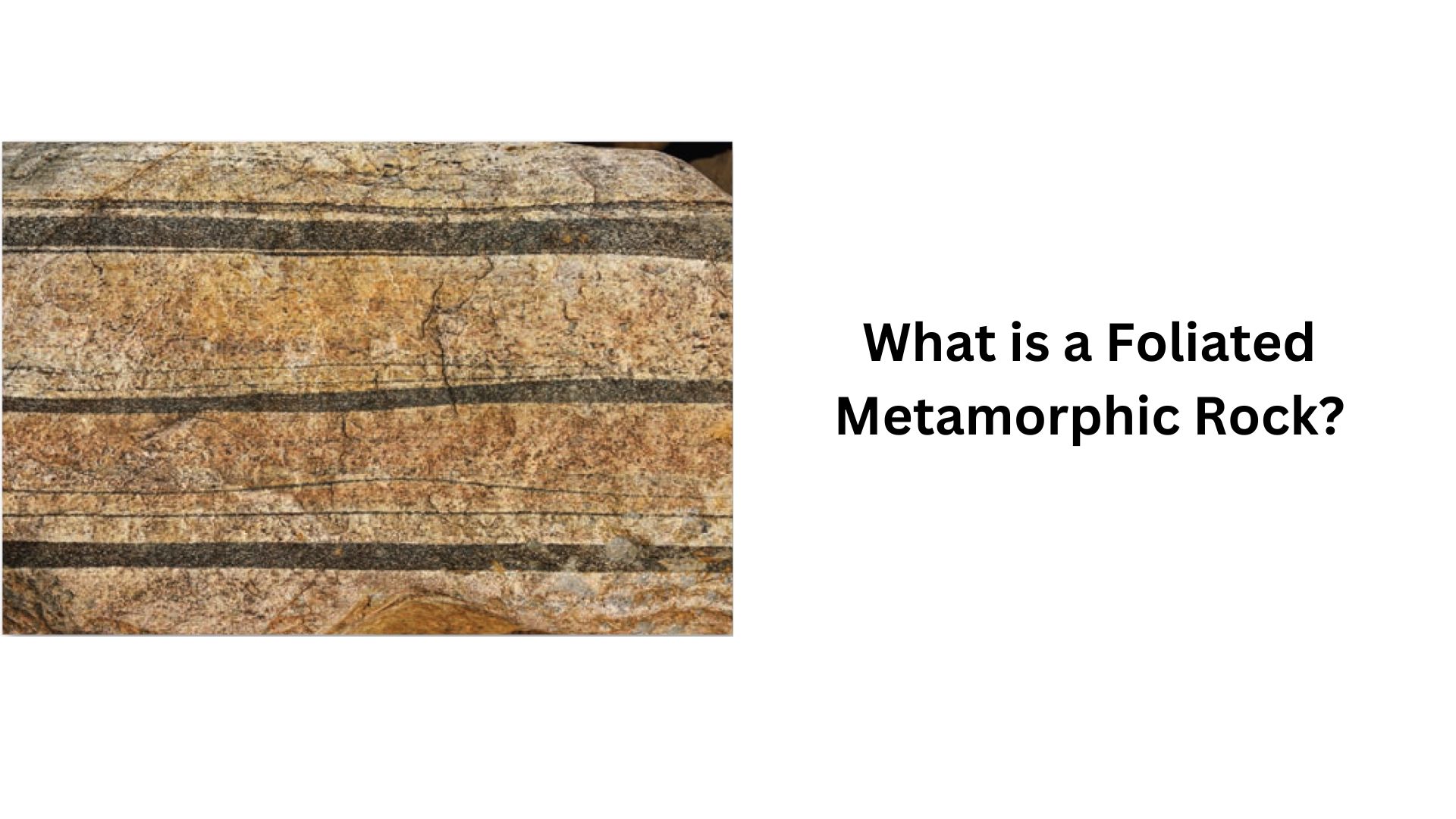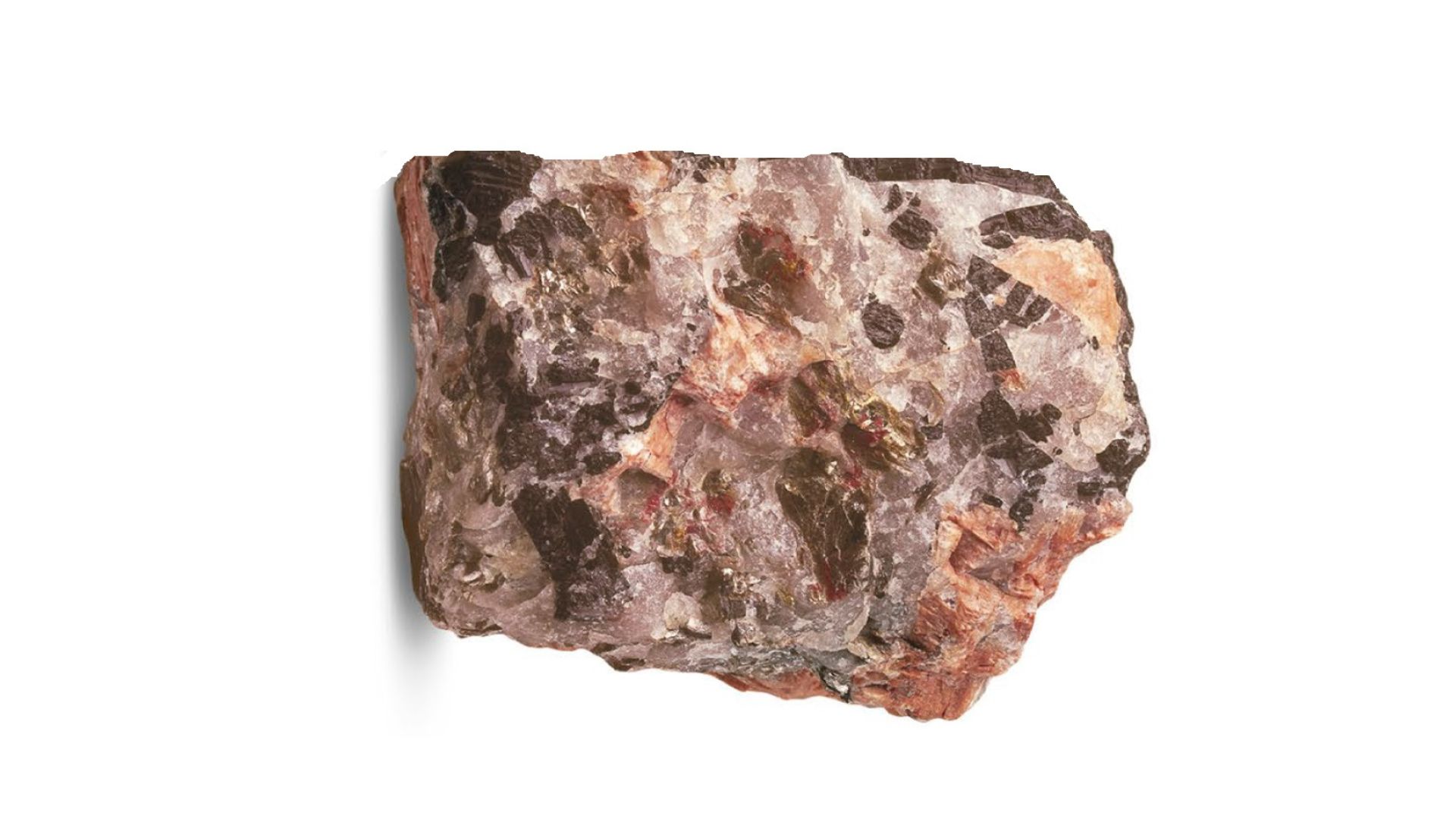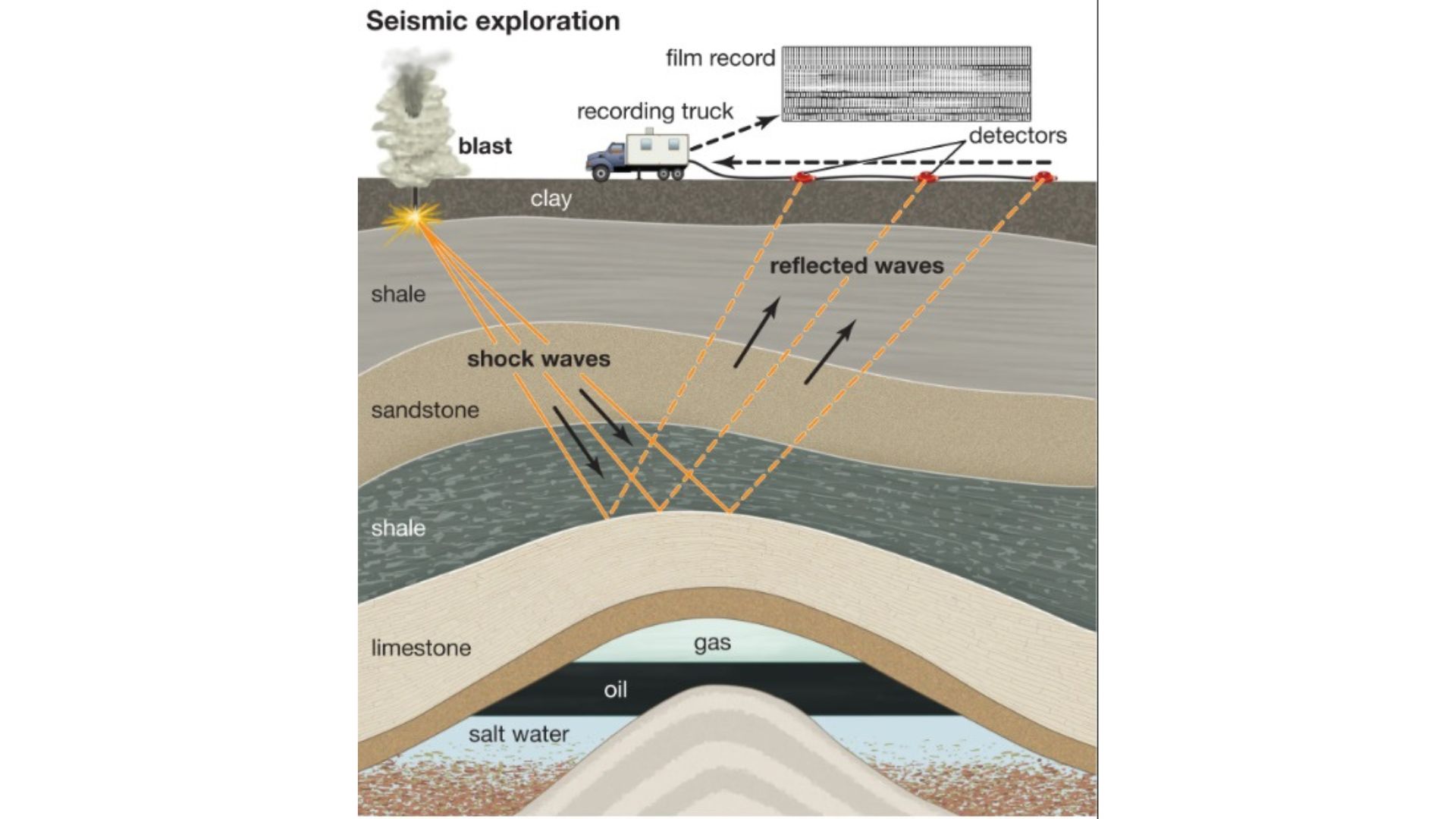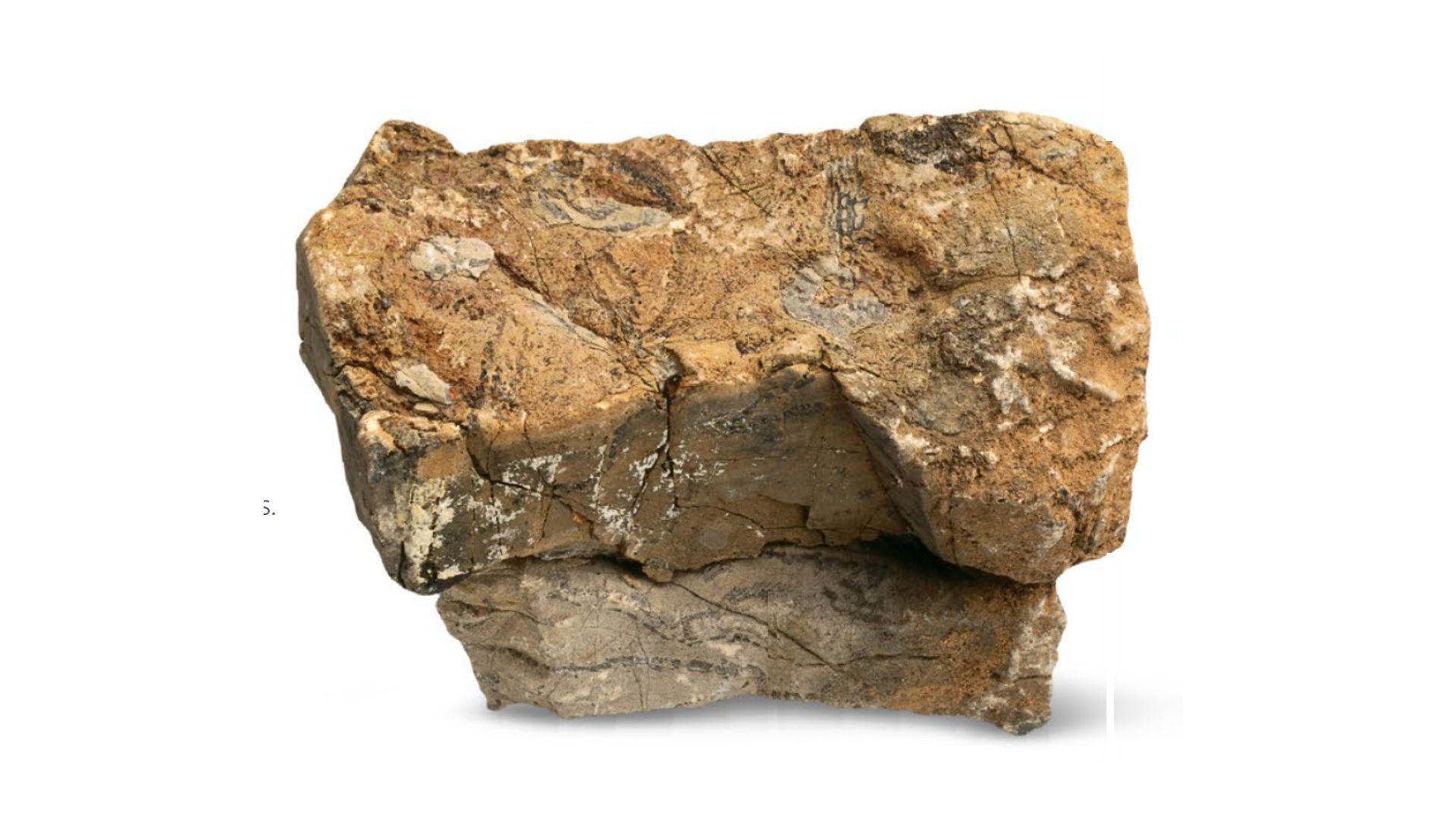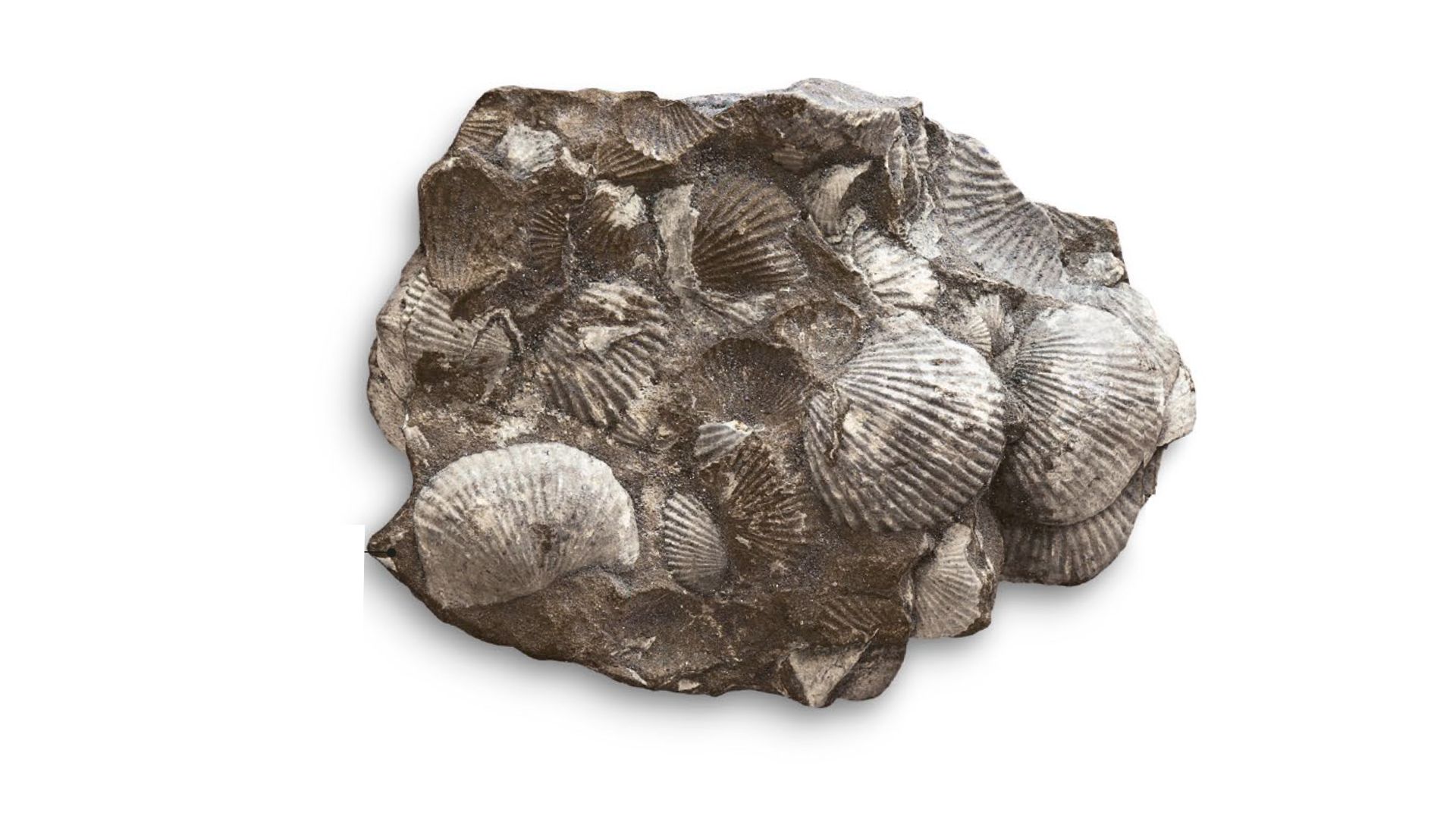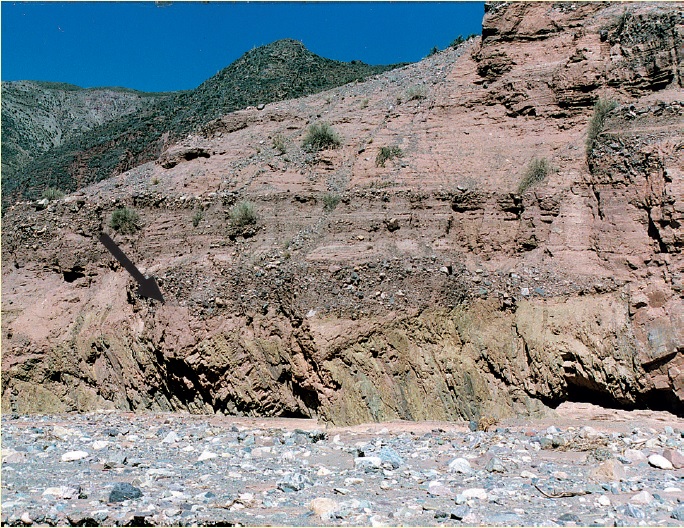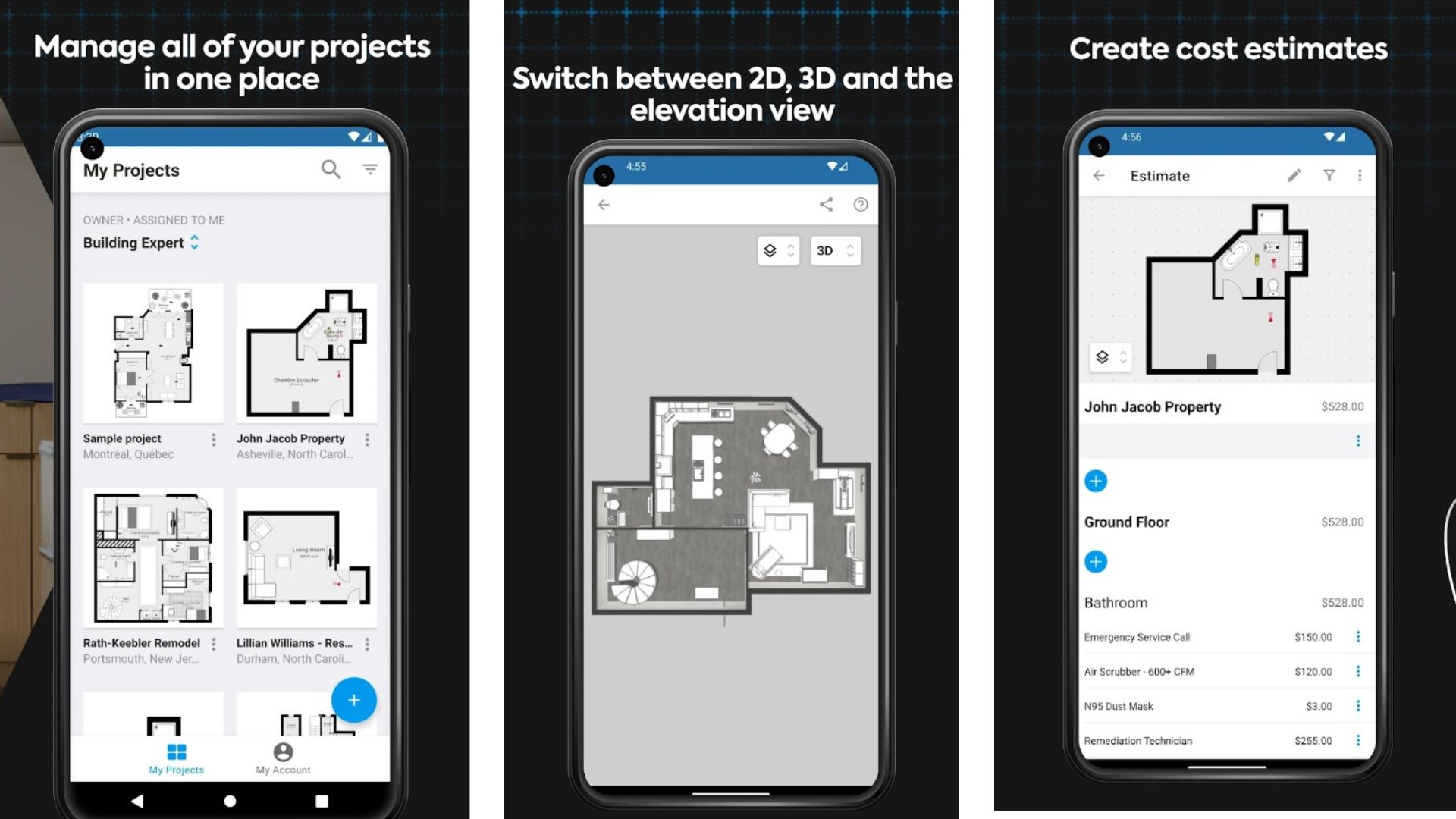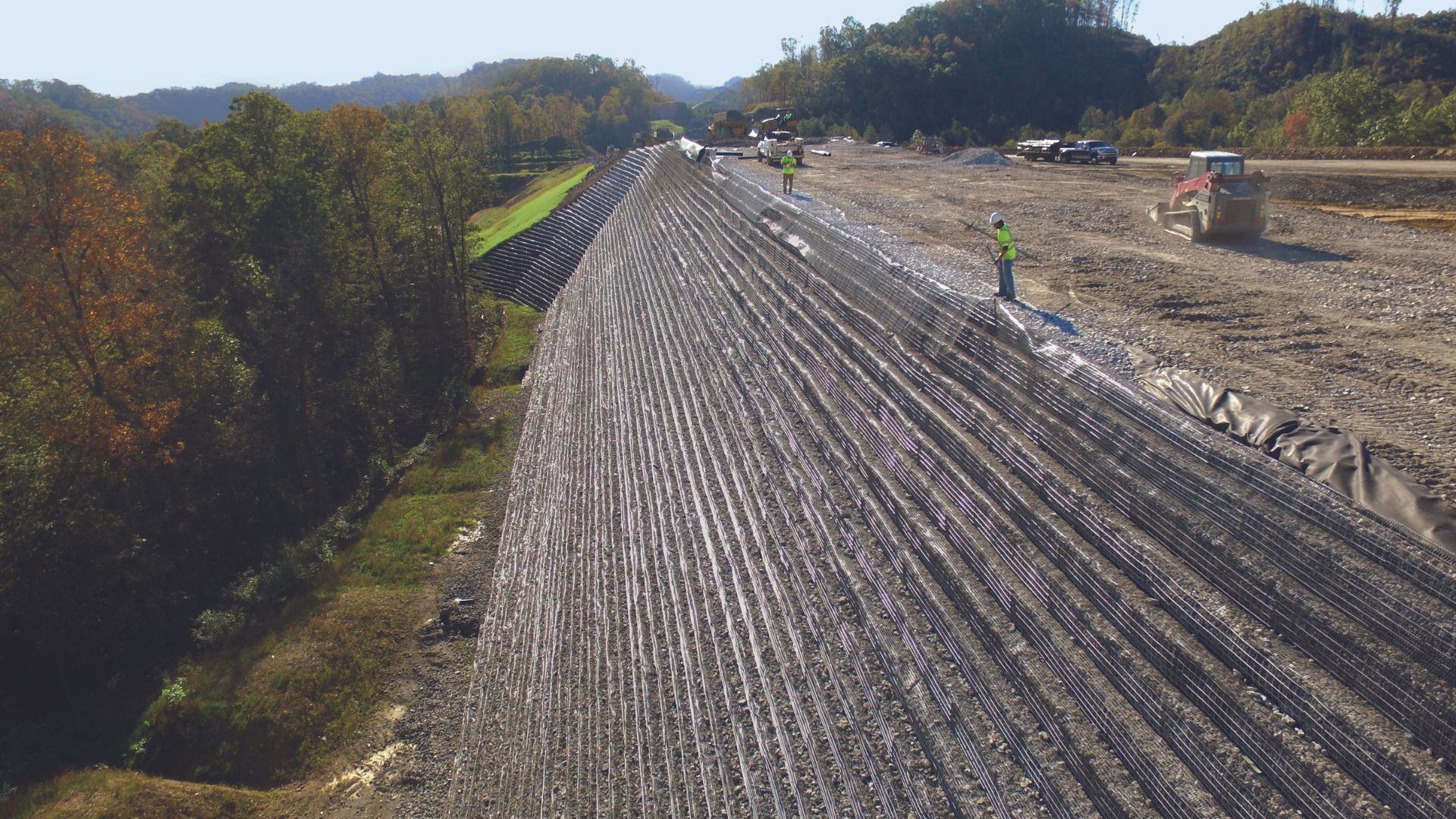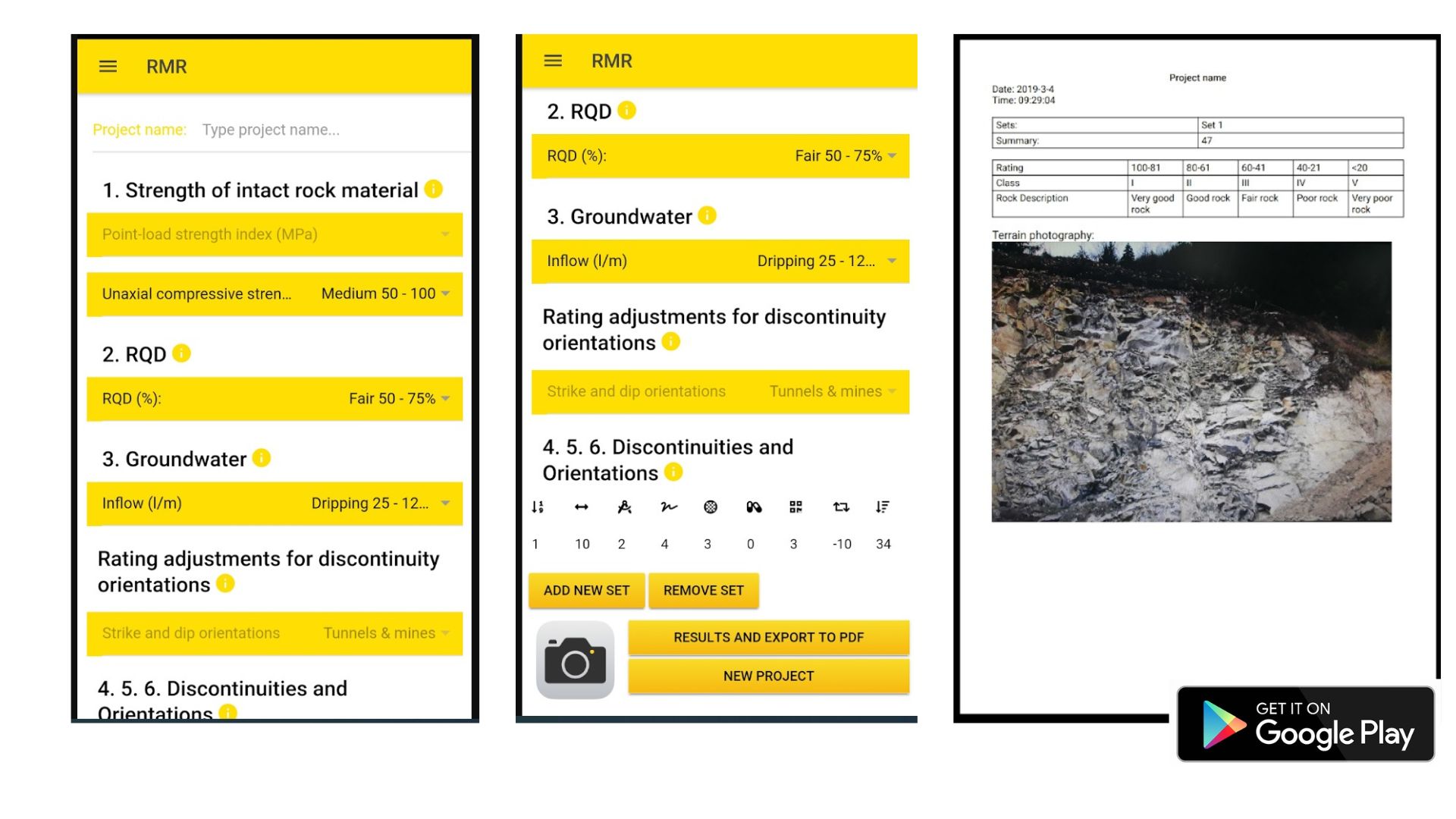Understanding Vane Shear Test in Geotechnical Engineering

Introduction
In geotechnical engineering, the Vane Shear Test is a crucial method for assessing the shear strength of soil. This comprehensive guide explores the purpose of conducting a vane shear test, its measurement principles, influencing factors, advantages and limitations compared to other testing methods, step-by-step procedures for field and laboratory tests, and its applications in geotechnical investigations and construction projects.
What is the Purpose of Conducting a Vane Shear Test in Geotechnical Engineering?
Importance of Shear Strength Assessment
Geotechnical engineers utilize the vane shear test to evaluate the shear strength of soil. This assessment is fundamental in understanding the stability of foundations, slopes, and retaining structures. By comprehending the shear strength, engineers can make informed decisions about the design and construction processes, ensuring safety and longevity of structures.
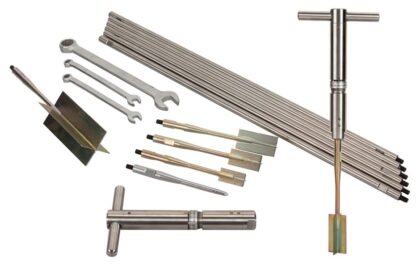
How Does the Vane Shear Test Measure the Shear Strength of Soil, and What Factors Influence the Results?
Principles of Vane Shear Testing
The vane shear test measures the shear strength of soil by rotating a vane blade within a cylindrical soil sample. The torque required to overcome the shear strength of the soil is then measured. Various factors influence these results, including soil composition, moisture content, and depth of the sample. Understanding these factors is crucial for accurate interpretations of the test outcomes.
Key Advantages and Limitations of Vane Shear Test
Advantages
- In-situ Testing: Vane shear tests can be performed directly in the field, providing real-world insights into soil behavior.
- Quick Results: Compared to some laboratory tests, vane shear tests often yield results relatively quickly, allowing for timely decision-making during construction projects.
Limitations
- Anisotropic Soils: The vane shear test may not be suitable for highly anisotropic soils, as it assumes homogeneity in shear strength.
- Dependence on Operator Skill: Results can be influenced by the skill of the operator, making standardization and training essential.
Step-by-Step Procedure for Conducting a Vane Shear Test
Laboratory Procedure
- Sample Collection: Obtain undisturbed soil samples representing the desired depth.
- Sample Preparation: Trim and saturate the sample as necessary for testing.
- Vane Installation: Attach the vane apparatus to the soil sample.
- Torque Measurement: Rotate the vane slowly while measuring the torque required for shear failure.
- Data Recording: Record torque values at regular intervals until failure occurs.
Field Procedure
- Site Preparation: Identify the test locations and ensure accessibility.
- Vane Installation: Insert the vane into the ground to the desired depth.
- Rotation and Torque Measurement: Rotate the vane and measure the torque until failure.
- Data Collection: Record torque values for analysis.
Typical Applications of Vane Shear Testing in Geotechnical Investigations and Construction Projects
Geotechnical Investigations
- Foundation Design: Assess soil stability for designing foundations.
- Slope Stability Analysis: Determine the shear strength of slopes to prevent landslides.
- Retaining Wall Design: Evaluate soil strength for the design of retaining walls.
Construction Projects
- Quality Control: Ensure the soil meets strength requirements during construction.
- Excavation Planning: Guide excavation processes based on shear strength data.
- Tunneling Projects: Assess soil stability for tunnel construction.
Conclusion
In conclusion, the vane shear test is a valuable tool in geotechnical engineering, offering insights into the shear strength of soil crucial for safe and efficient construction. By understanding its purpose, measurement principles, advantages, limitations, and application procedures, engineers can make informed decisions that contribute to the success of geotechnical projects. As technology advances, the vane shear test remains a cornerstone in soil mechanics, continually shaping the landscape of geotechnical engineering.
